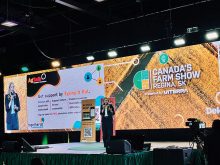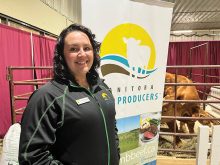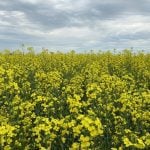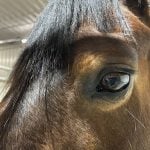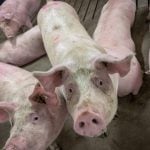The key to cutting down the spread of any type of zoonotic diseases is first recognizing there is a risk of exposure.
That means workers, for instance, should stay out of the barn if they’re sick, said provincial farm safety coordinator Glen Blahey during a farm safety seminar here hosted jointly by KAP and MAFRI this month.
Those at highest risk are those who don’t wear any sort of personal protective equipment and who come in direct contact with groups of sick or dead and infected animals. Those handling slurry, working for prolonged periods in a barn with sick animals or even handling a single animal in an open air environment are also at moderate risk, Blahey said.
Read Also

Finally getting paid for sustainable farming?
Alberta project says they might have a line on a workable ecosystem credit model to reward farmers for sustainability, and Manitoba might be next
“If someone working in the barn has a cold or a flu they should not be in the barn,” he said. “It’s all just part of good herd management.”
Zoonotic diseases spread when workers inhale dust particles containing the infectious organisms, or when workers come in contact with a diseased animals’ waste or bodily fluids.
Protective clothing includes disposable rubber gloves and overalls. Regular overalls worn around animals should always be laundered separately from the family wash as an additional protective measure, Blahey noted. Frequent hand-washing and avoiding touching eyes or mucous membranes with unwashed hands are also protective measures.
Examples of zoonotic diseases in addition to influenza type A include anthrax, brucellosis, listeriosis, rabies, ringworm, salmonella, and hantavirus.




